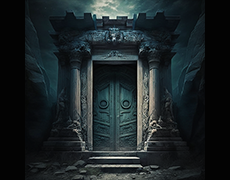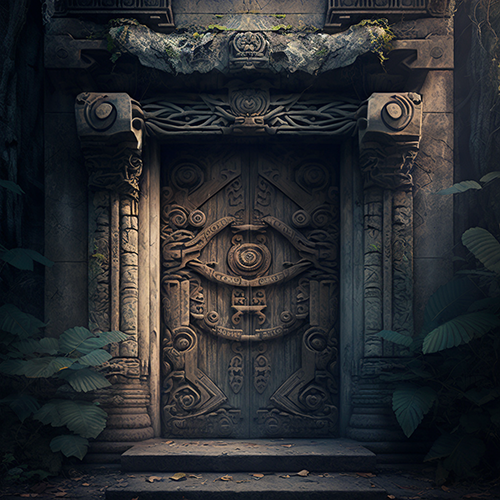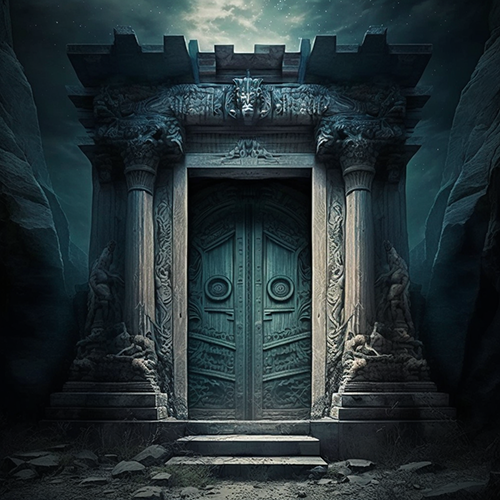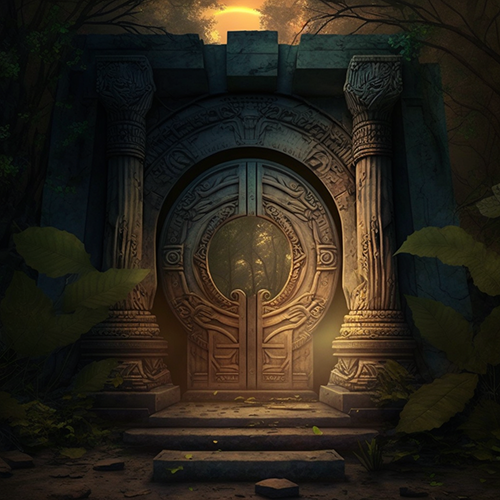
Doors have been an important symbol in various Pagan traditions throughout history, representing transition, liminality, and the crossing of boundaries. Whether it is the act of entering a sacred space or the metaphorical concept of entering a new phase in life, doors have held great significance in Pagan culture.

In many Pagan traditions, the door represents a threshold between the mundane world and the world of the divine. It is believed that when entering a sacred space through a door, one is crossing over into a realm where the veil between the material and spiritual world is thinner.
This idea is exemplified in the ancient Celtic festival of Samhain, where it is believed that the boundary between the living and the dead is blurred, and the doors of the Otherworld were open.

In some traditions, doors are seen as a point of communication between the physical and spiritual worlds. The Norse god Heimdall is said to have guarded the bridge Bifröst, which was seen as a door or gateway between the worlds of the gods and mortals.
Similarly, in Hindu mythology, the door or threshold of a temple is seen as a point of communication between the human and divine realms.

In Wicca the consecration of a ritual space typically involves “casting a circle” using a physical representation of the circle, such as a cord or stones. The act of casting a circle involves creating a boundary between the mundane world and the world of the divine, and the opening of a “doorway” for spiritual energies to enter and exit.
In ancient Greece, doors were often used as a point of access for the gods during sacrifices and offerings.
Similarly, in some African and Native American traditions, doors and thresholds are used to prevent the entry of negative energies and spirits.

